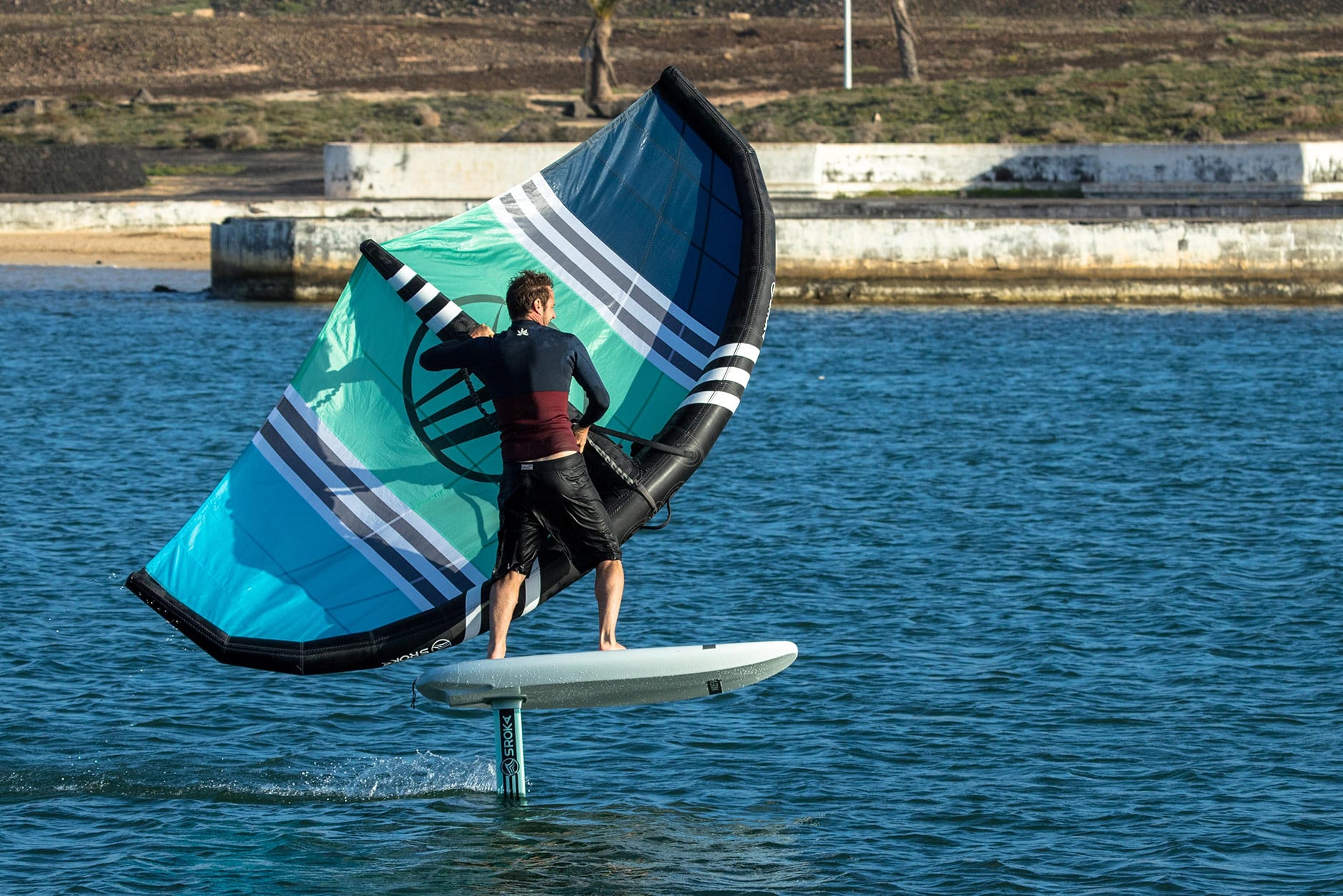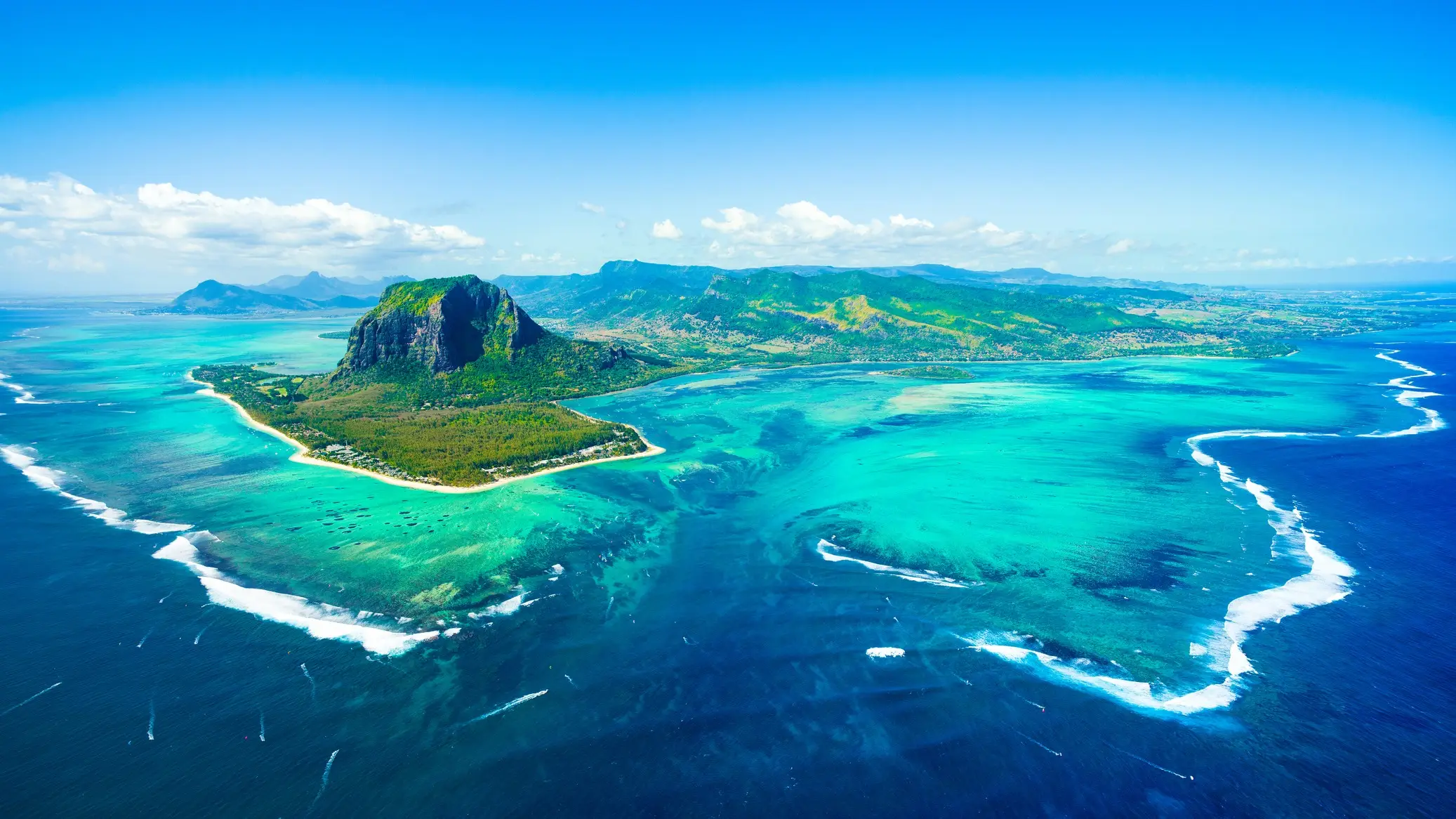Andalusia, a sunny region in the south of Spain, is a true paradise for water sports enthusiasts, especially wing foil. With its vast and diverse …
How to choose your foil fuselage?
When buying a foil, each element of it is to be taken into account. Indeed, all of them are important and will set up your session. In fact, we could almost say that there are as many foils as there are different sizes, conditions or practices. Whether you are a beginner or experienced, or if you want to practice Wing Foil, Surf Foil, Wake Foil, Wind Foil, Kite Foil or SUP Foil, each component of the foil will have to be adapted to you.
The choice of the fuselage on a foil will be a key element to optimize your sessions, turn more, go faster or be more stable on the water.
What is a fuselage?
Among these elements, today we talk about the fuselage and our tips for choosing the most suitable one for you. The fuselage is the part that connects your front wing to your stabilizer to your mast, which in turn is connected to the board.
Depending on the brand, the fuselage can be directly connected to the mast, or as a detached part, for a fully modular and removable and interchangeable foil. It can be made of aluminium or carbon for the Carbon foil version. This will allow you to evolve your foil according to your desires and needs, without having to completely change your foil. Which will also be an undeniable advantage for your budget.
To understand how a hydrofoil works, we invite you to consult this article. You will find all the information you need to understand the phenomenon of speed and lift, the importance of the profile and size of each part of the foil… And more.
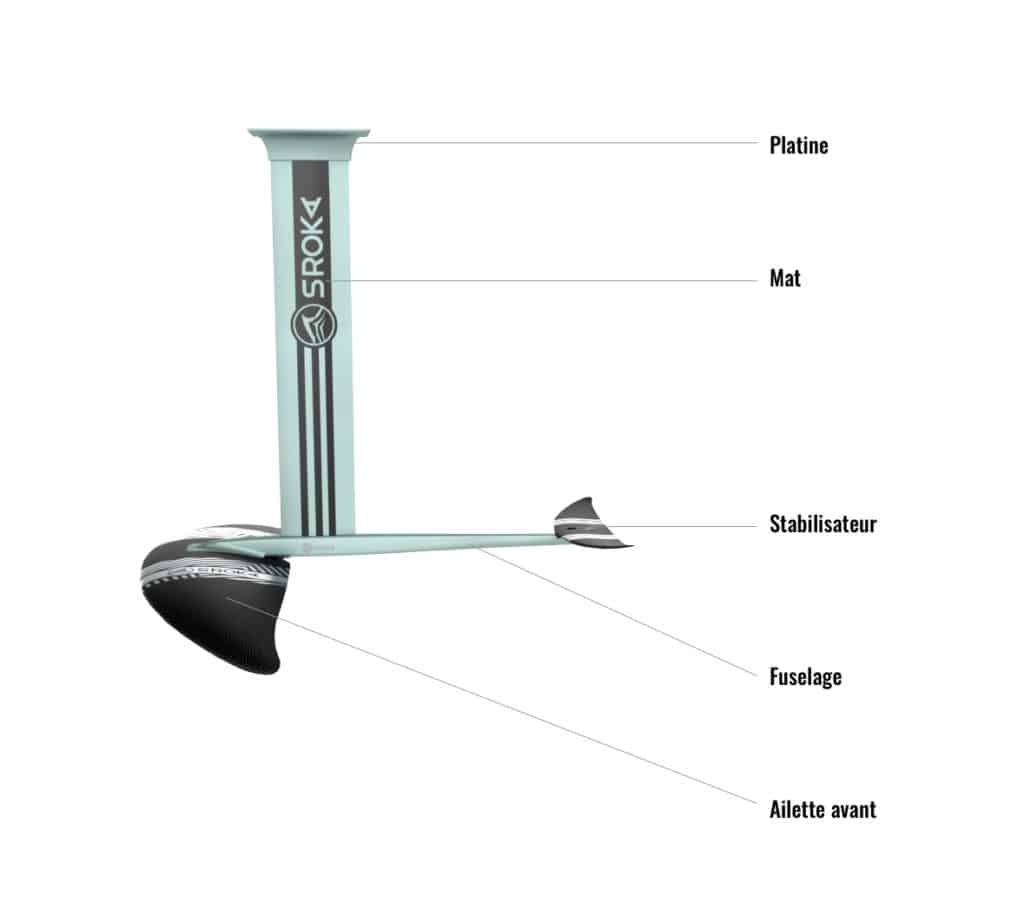
The materials used to make a fuselage.
In addition to the length of your fuselage, which we will develop below, it is necessary to choose the material that it is made of. Overall, we find on the market fuselages made of aluminum, titanium or carbon. These different components will impact the weight, quality, stiffness and therefore the lifespan of your foil. While the advantage of carbon is undeniably its lightness, it is nevertheless very expensive and fragile. Titanium is also interesting in terms of fineness and rigidity. However, it is a very expensive material, compared to aluminum which is much stiffer.
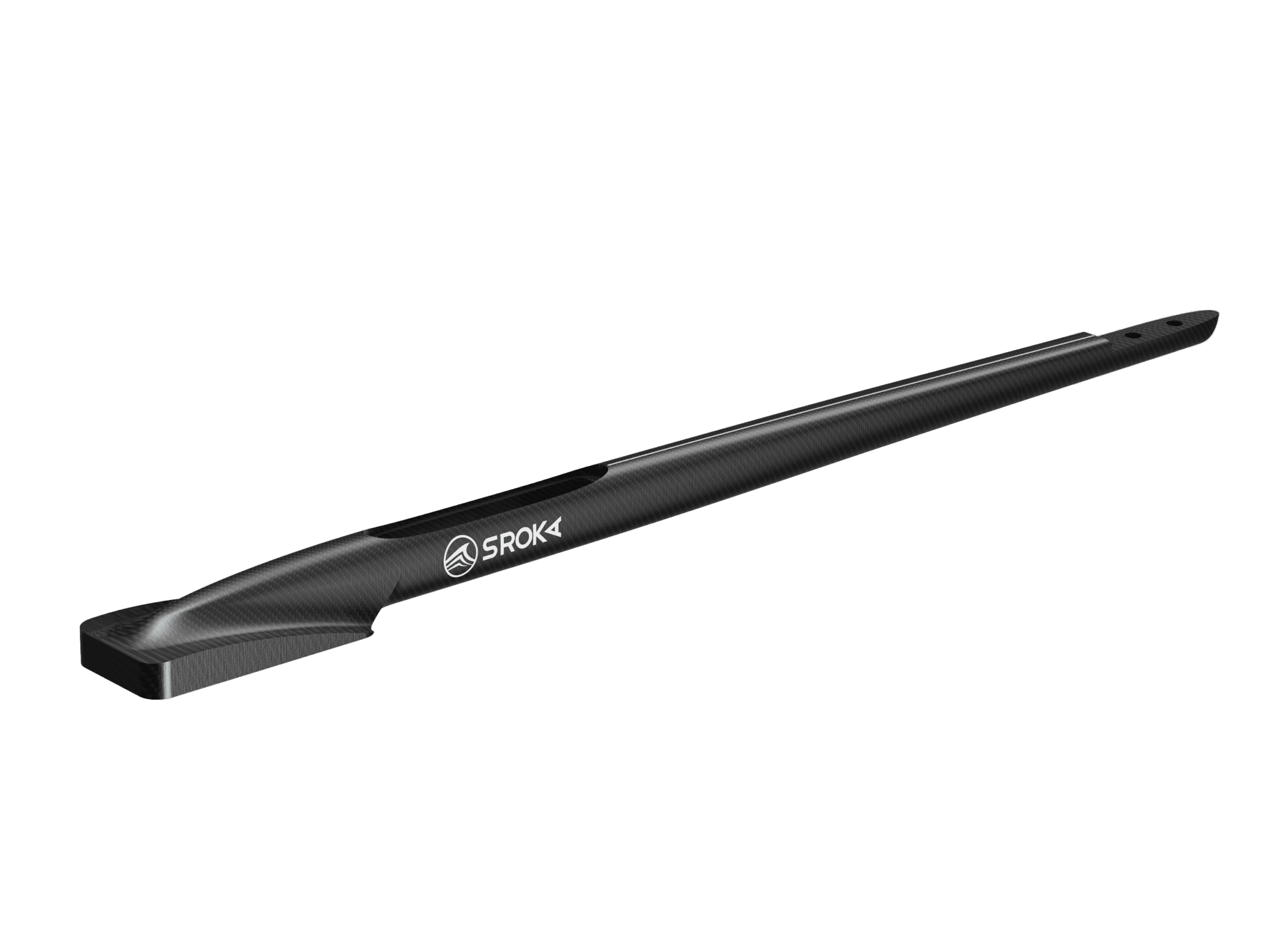
Thicknesses of the fuselages
We design our fuselages from aluminium T6061 T6, German quality. This noble component is a reference in the world of aero and maritime transport, which guarantees solidity and resistance to the marine environment. Our goal is to achieve the highest quality and impeccable reliability, so we surround ourselves with experts in hydrodynamics, who are always concerned about using the best materials. This aluminium fuselage is therefore the best quality-durability-price ratio for us.
The interlocking of our front wing on the fuselage ensures maximum raider avoids many fit problems. As the mast is very close to the front fin, the lever arm around the fuselage is weak, which reduces the thickness and thus has a better hydrodynamic glide.
If the mast socket is far from the forward fin, the fuselage will be thicker to ensure maximum rigidity when twisting the fuselage.
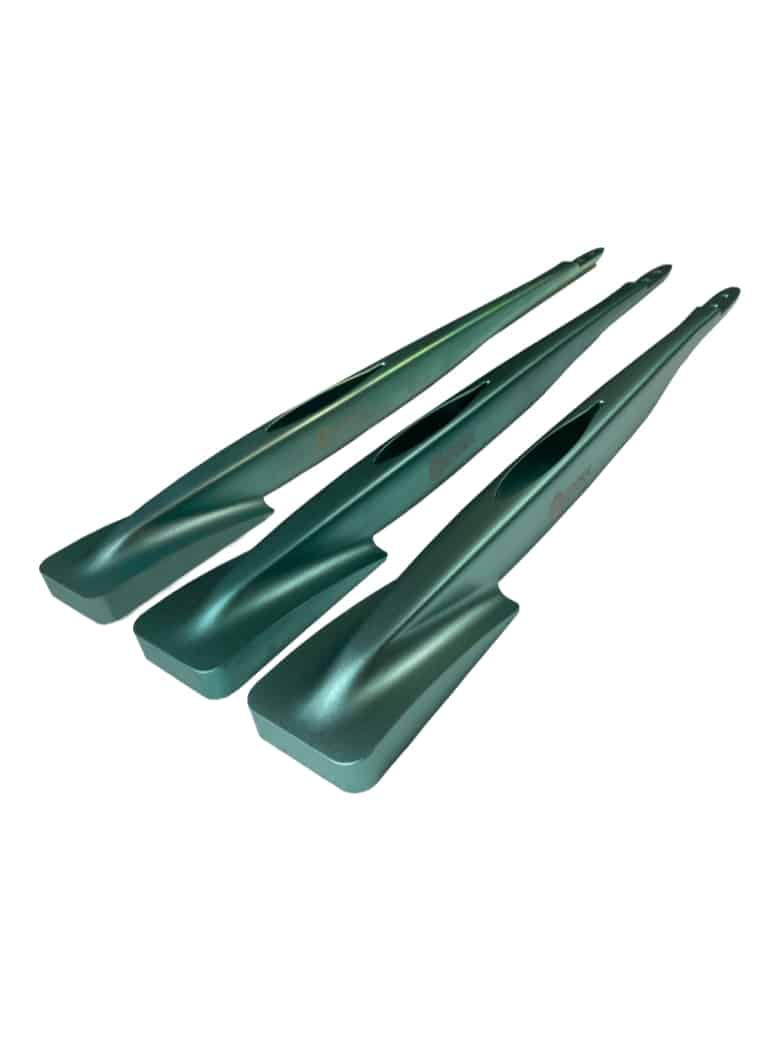
The length of the fuselage
The length of the fuselage will determine the longitudinal stability of the foil and the maneuverability. Depending on your needs, it will be necessary to adapt.
Currently we have 4 sizes of fuselages: 56 cm, 62 cm, 68 cm, 78 cm aluminum.
Depending on your level, you need to choose the right size of the fuselage.
1- The beginner will take a longer fuselage to stabilize his foil in the longitudinal axis and easy flight control. The longer the fuselage is behind the mast, the more stable the foil will be. However, the foil will be less manoeuvrable in this configuration. It will also be more difficult to pump because pumping requires you to oscillate the high foil bat. (Everything the beginner doesn’t need)
2- From the intermediate level it is possible to reduce the length of the fuselage. This will result in the foil being livelier, more manoeuvrable and more unstable. It’s very interesting to take this option in the waves in order to increase the maneuverability of the foil. On the other hand, if you are looking to go very fast, opt for a long fuselage instead.
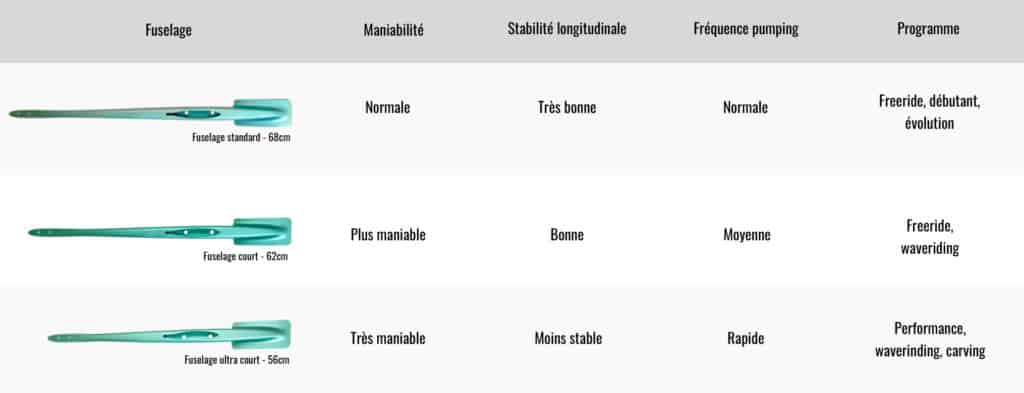
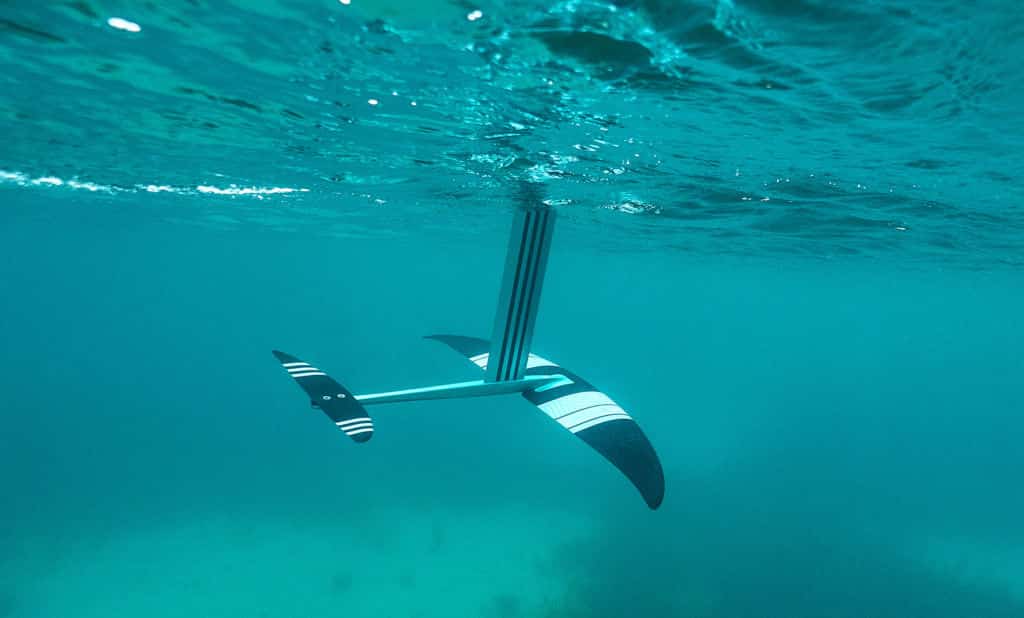
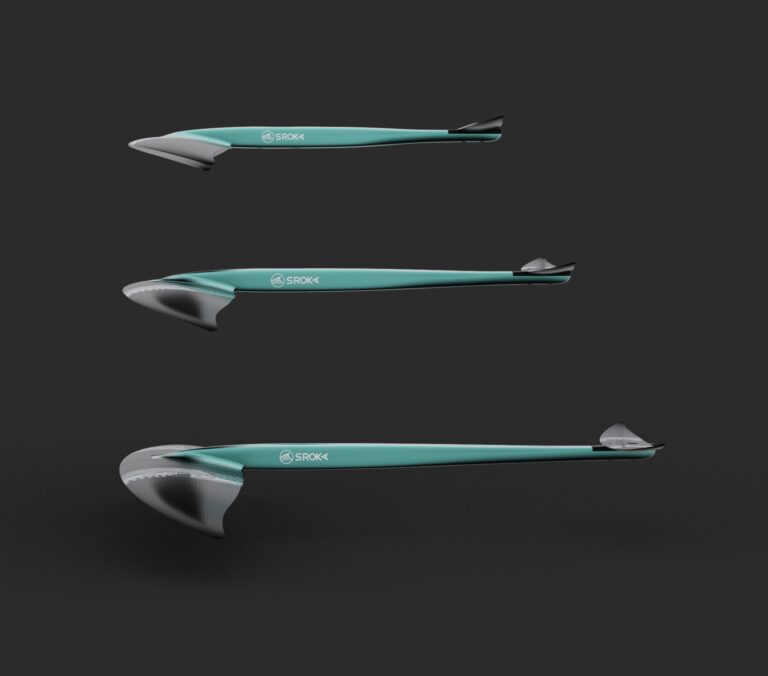
Depending on your business.
Indeed, depending on the discipline practiced, the length of the fuselage differs. A short or even very short fuselage will be very appreciated in wake foil because the wave of the boat is very short and therefore you have to turn quickly on yourself. In the same way in surffoil, a short fuselage will allow the foil to rotate better and facilitate pumping.
On the other hand, if you’re looking to go fast, push your speed limits or just cruise easily, a longer fuselage will work much better.
That's not the only thing.
If you want to increase the manoeuvrability of a foil, of course the fuselage is one element but you must not forget the other elements: the span of the front wings, the span of the rear wings. Indeed, a wing with a high aspect ratio will turn less well than a more compact front wing. A large stabilizer will be less maneuverable than a smaller stabilizer.
So to take advantage of all the advantages of a short fuselage to increase maneuverability, you may or may not have a smaller wing or a smaller stabilizer.
- If you reduce the front winglet, the stabilizer and the fuselage, you greatly increase the maneuverability of the foil.
- If we keep the same front winglet, and we reduce the stabilizer and the fuselage, the handling will be a little less but we will be more stable
- Last configuration, you keep the same fins and you only change the fuselage. In this case, the maneuverability will be increased compared to a configuration with a longer fuselage but less than the first two examples.
If you want more information on how to increase the handling of your foil, click on the link.
In summary, the choice of fuselage depends on your needs and what you want to do. If you want to increase maneuverability and have a more playful foil, then change your fuselage.
If you want to maintain the longitudinal stability of the foil but increase the maneuverability, then you need to change the front or rear wing and not the fuselage.
You can configure the options endlessly. Determine what you are looking for first and you will be able to customize your foil as you wish.
If you still have questions about this, or for any other request, please do not hesitate to contact us !
Article you may be interested in
The 360 wing foil is a maneuver that allows you to start freestyle flat on the water. This trick, which involves making a complete turn …
Mauritius, known for its white sandy beaches and crystal clear waters, is a dream destination for water sports enthusiasts. Among the popular activities that attract …
Wingfoiling is an emerging water sport that is gaining popularity due to its high accessibility. Whether you are young or old, wingfoiling is an activity …


